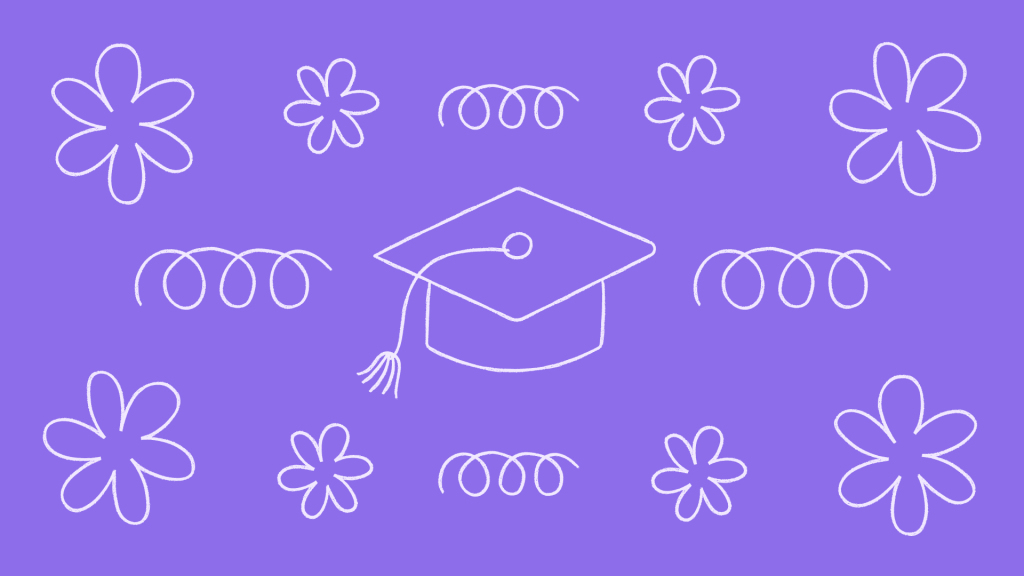
- 2 mins
Back to School: Emotion Check-Ins with Families

Starting a new school, being away from home for a large part of the day, and leaving the comfort and familiarity that the home environment provides is a big step for young children. During the day at school, they are suddenly expected to rely on their teacher, not a parent, for guidance, help, and support whenever needed. At the same time, a teacher stands in front of a new group of students at the beginning of the school year—often not knowing any of their learners, unsure of what to expect, and anxiously hoping that the class will form into a positive community.
Teachers use many proactive strategies to anticipate needs and set students up for success. However, some needs are left unmet at the beginning of a new school year merely because a teacher is not yet aware of those needs. The only way to become aware of a child’s needs is to get to know them better. If we start to build a relationship with each student in the class, we will be able to look at a child holistically, understand the support they require, and make sense of why they might be acting, talking, or behaving the way they are. Only when we get to know students on this level will we be able to have a real, lasting impact on a child’s life during the year that they are in our class.
Hughes (2012) writes that students who feel accepted and understood by their teachers are more likely to become independent decision-makers. They also tend to develop the skills to resolve conflicts in the classroom and develop a positive school identity. These assets often motivate students to invest more in their learning—not because they feel pressured to do so, but because they develop an inherent desire to do their best and make an impression on their teacher.
Some children do not take long to feel comfortable with their teacher, and they will often share their stories, ideas, and opinions eagerly. Others may be quieter and will only speak when necessary. It is equally important, though, to get to know both these profiles of children (and everyone in between).
Every teacher will introduce themselves to their students at the beginning of a new school year. However, knowing your name does not give your students anything to relate to. Consider making a simple poster or writing a letter to your students in which you tell them about yourself. Tell them about your family, what some of your hobbies are, and what you are looking forward to in the year.
Ask students to draw a picture of themselves and write down words that they think describe them. Ask them to add things they like—their favorite sport, music, movie, or book, and what they enjoy doing in their free time. Younger students could draw the things they like or cut pictures out of newspapers and magazines. For older students, it may be necessary to make it clear that their work will be handed in and will not be shared with the rest of the class. If they are under the impression that it will be on display, it could negatively impact what they choose to include and some of the most valuable bits of information could be left out.
Set up a time to have a casual chat with each student individually. This is particularly important at the beginning of the school year. The storyboard they created could be a good conversation starter. Alternatively, you could prepare some questions you would like to ask your students. Forget about academics for the moment and try to focus on getting to know the student as a person. Questions could include asking about their hobbies, their family, whether they have any siblings, what they enjoy doing with friends, etc. If you need to write down some information, let the child know why you are writing it down.
A phone call to a caregiver or a quick catch-up before or after school can go a long way. Talk to each child’s caregiver(s) about their goals for their child, and encourage them to think not only about academics but also about social and emotional growth. This will help you align your goals with the parent’s and give you some insight into the parent’s relationship with their child. If there is not enough time for talking to each parent, send a note home (with the questions you would like answered) that they need to complete and return to you.
It can easily sound like too much work, but setting aside five minutes every day for a check-in with a child can significantly impact their well-being. Spending just a few minutes with a child to make sure they are coping would allow you to have these check-ins with at least twenty students every month! It will also provide them with the opportunity to talk to you if they are facing any challenges. If it is not possible to have regular check-ins in person, set up a mailbox in the classroom where children can post a note if they are struggling. Only the teacher opens the mailbox, and any issues can be addressed accordingly. You could even expect every student to post a note every week, letting you know with a single word whether they feel in control or need support. This would then allow you to follow up with the children requiring support.
Getting to know students and their families will take some time, but the insight you will receive is invaluable. Every teacher should be encouraged to do this, not only for the sake of their students but also for themselves. It will make every teacher’s job easier if they understand the children they are dealing with and how they can be supported.
Hughes, J. N. (2012). Teacher-student relationships and school adjustment: Progress and remaining challenges. Attachment & Human Development, 14(3), 319–327.